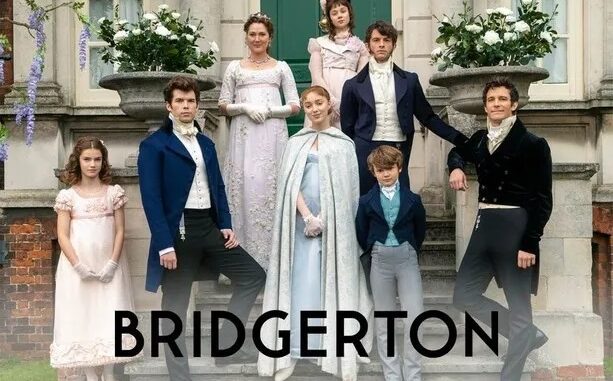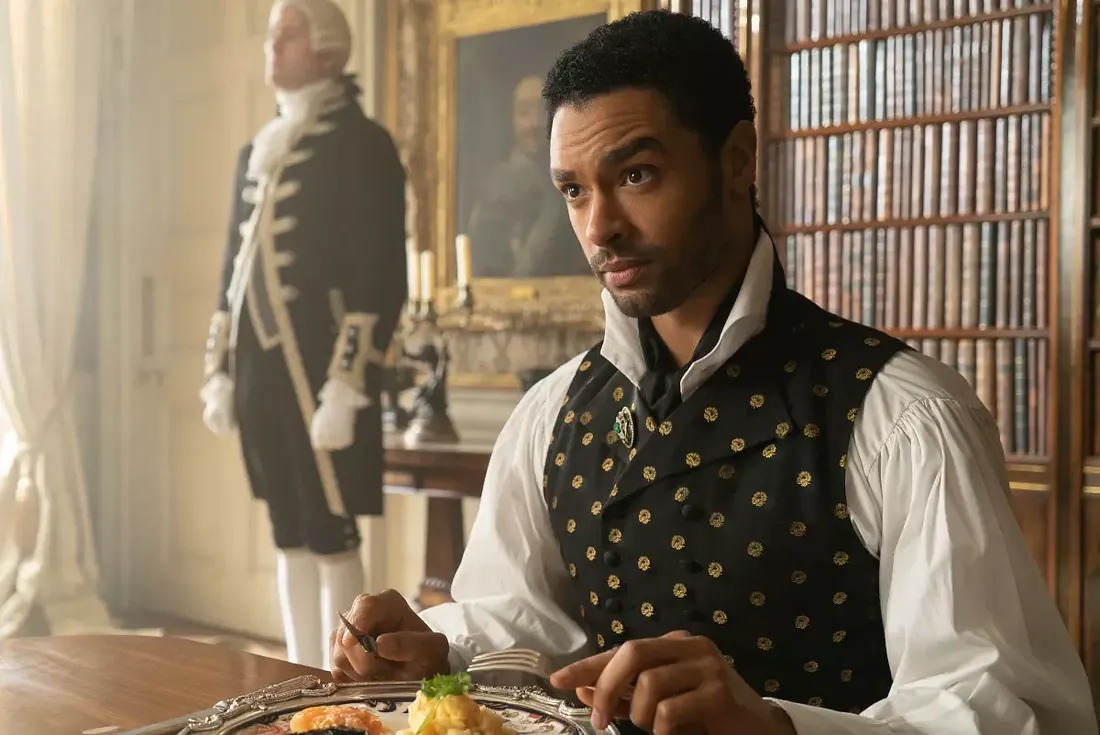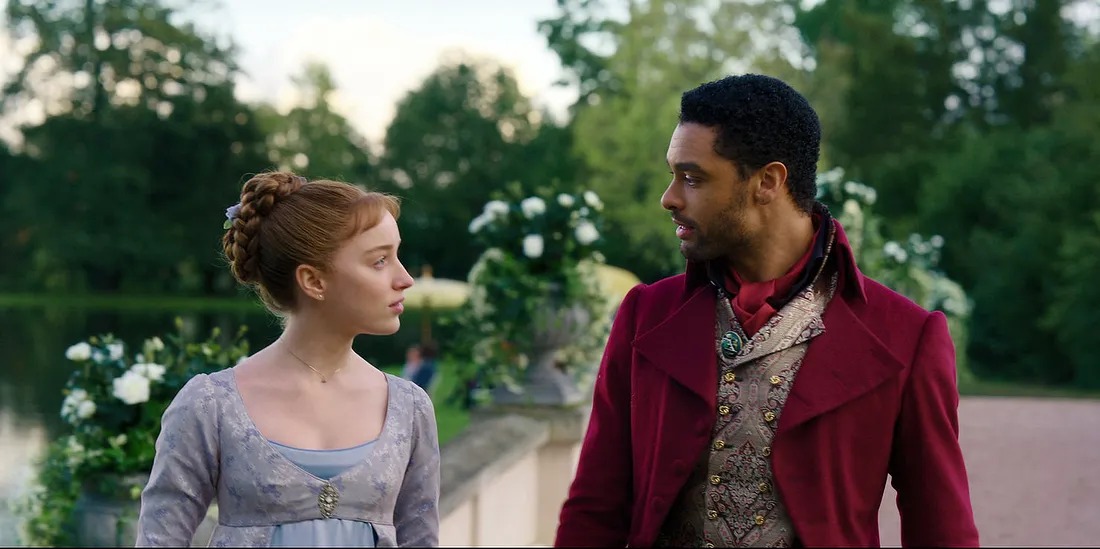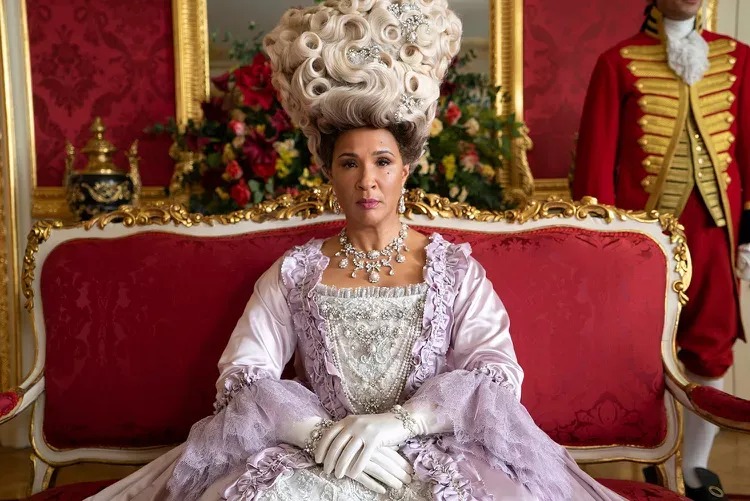
The Bridgerton series, both the books by Julia Quinn and the Netflix adaptation by Shondaland, has revolutionized the historical romance genre. Traditional period dramas, Bridgerton blends historical elegance with modern sensibilities, making it a global sensation. This analysis explores how the series redefines historical romance for contemporary viewers.
1. Diverse and Inclusive Casting
One of the most striking aspects of Bridgerton is its color-conscious casting. Instead of adhering to the historical accuracy of Regency-era England’s rigid social structures, the show presents a diverse aristocracy with characters of different ethnic backgrounds in high society.
Queen Charlotte (Golda Rosheuvel) is portrayed as a Black woman, which reimagines history in an inclusive way.
The Duke of Hastings (Regé-Jean Page) became a cultural icon, breaking stereotypes about period drama protagonists. This approach challenges traditional historical narratives while making romance more relatable and accessible to modern audiences.
 2. Modern Storytelling in a Regency Setting
2. Modern Storytelling in a Regency Setting
Though set in the early 19th century, Bridgerton uses modern storytelling techniques, including:
Fast-paced narratives that feel engaging for today’s binge-watch culture.
Witty, fast dialogue reminiscent of modern rom-coms.
Strong female characters who seek autonomy in love and marriage rather than merely fulfilling societal expectations.
Example: Daphne Bridgerton and Kate Sharma defy the classic damsel-in-distress trope, making active choices in their romantic lives.
3. Contemporary Themes in Romance
The show brings modern romance themes into historical storytelling: Consent and Female Agency — Unlike older period dramas where women had little say in relationships, Bridgerton emphasizes mutual desire and consent, particularly in Daphne and Simon’s relationship. Emotional Vulnerability in Men — The Duke of Hastings and Anthony Bridgerton struggle with emotional trauma, challenging the stereotypical “alpha male” trope.
Breaking Social Norms — Eloise Bridgerton’s refusal to conform to marriage expectations reflects contemporary feminist ideals.
 4. The Music: A Fusion of Past and Present
4. The Music: A Fusion of Past and Present
One of the show’s signature elements is its orchestral versions of modern pop songs:
Taylor Swift’s “Wildest Dreams” in Season 2
Ariana Grande’s “Thank U, Next” in Season 1
Madonna’s “Material Girl” in Queen Charlotte: A Bridgerton Story
This musical choice bridges the gap between the Regency era and today’s pop culture, making the show feel fresh and engaging for modern viewers.
5. A More Feminist Approach to Love and Marriage
Unlike traditional historical romances that focus solely on finding a husband, Bridgerton presents:
Women seeking personal fulfillment beyond marriage (Eloise and Penelope’s ambitions).
Men being emotionally open (Anthony’s journey from duty-driven to emotionally vulnerable in Season 2).
Marriage based on love, not just status, reshaping the idea of romance in historical fiction.
The Future of Historical Romance
By integrating modern themes, diverse representation, and innovative storytelling, Bridgerton has redefined the historical romance genre. It proves that period dramas don’t have to be rigidly traditional they can evolve while still honoring timeless love stories.

